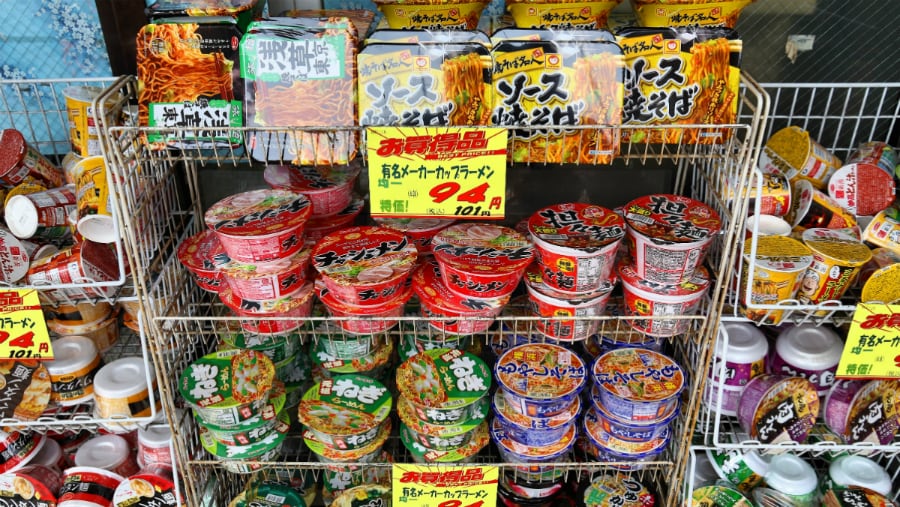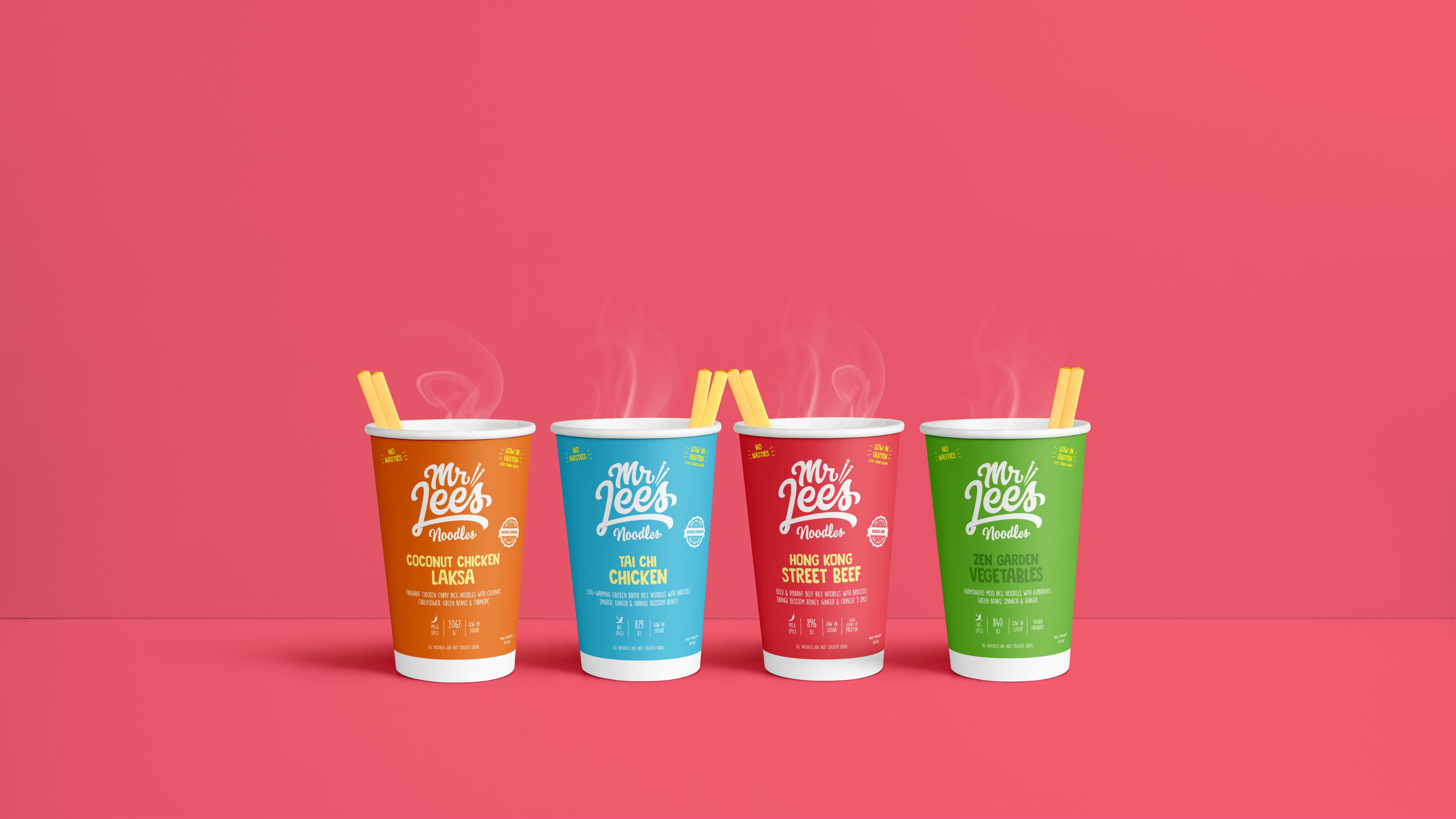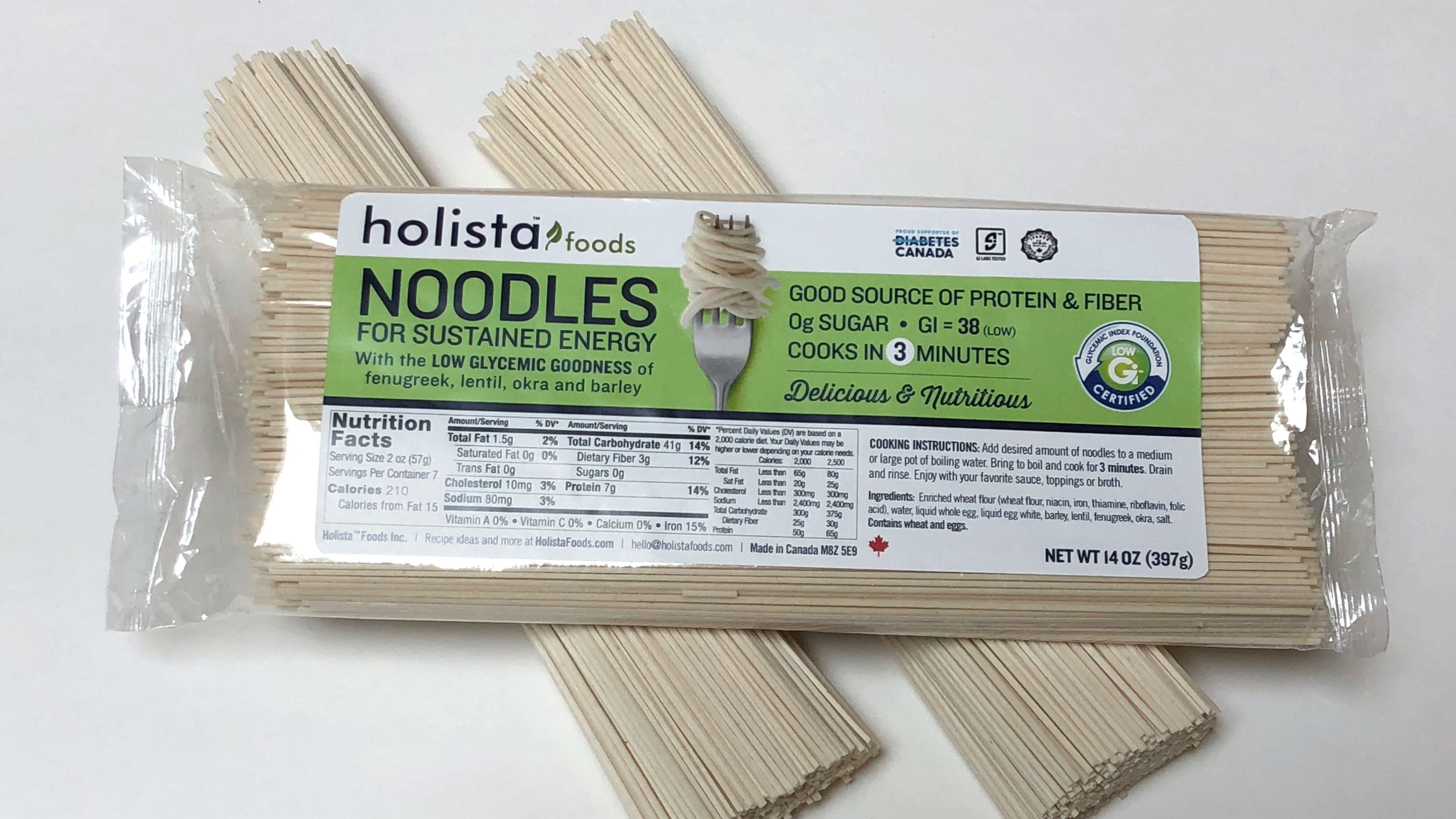According to new figures from the World Instant Noodle Association (WINA), China and Hong Kong have remained the top consumers of instant noodles worldwide for several years running. This year was no different, as they topped the charts with 38.97 billion packets sold, outstripping the first runner-up on the list, Indonesia (12.62 billion packets), by over three times.
Coming in at third, fourth and fifth spot respectively were Japan (5.66 billion packets), India (5.42 billion packets) and Vietnam (5.06 billion packets).
Indonesia was the sole country amongst the top five spots to see a decline in numbers. The rest of the top five recorded positive annual growth. This is being attributed to the development of healthier versions of instant noodles.
“If we offer healthier, safer products, demand will surely grow,” said Kiyotaka Ando, Chairman and CEO, Nissin China.
Healthier options bringing instant noodles back on the charts
Instant noodles are designed to have a long shelf life. This is commonly achieved via a high salt content – the noodles can contain more than half of the FDA-recommended sodium intake.
As such, healthier noodle options mostly focus on the reduction of salt content. Nissin has announced "reduced sodium by an average of 15% across all flavours”, as well as removal of added MSG and artificial colouring from its products.
Nestle is doing the same, with plans to cut the salt content in all Maggi products by 10% on average come 2020. It also offers a high-fibre option, Maggi Oatmee.
The rise and fall of instant noodles
The convenience and economical value of instant noodles are amongst the key factors attributed to its continued strong market presence. In 2013, sales in China and Hong Kong peaked at 46.22 billion.
However, the following three years saw a continuous downturn in numbers, dropping 17% to 38.52 billion in 2016. This plunge was attributed to the growing popularity of food delivery, as well as increasing awareness of healthier foods.
This pattern of decline was similar in other countries in Asia that consistently top the instant noodle consumption list, although the reduct was less significant.
China remains main market
These latest figures ensure that China and Hong Kong will be key target markets for instant noodle manufacturers.
Nissin Food Holdings, a Japan-based instant noodle manufacturer, holds roughly 60% of the local market in Hong Kong and is the fifth biggest brand in China. The Chinese demand for instant noodles is almost eight times more than Japan’s (5.66 billion).
“There are more people, and people spend more. I'm under the impression that the market for young people is growing faster in China than in Japan. The time is ripe for higher-priced instant noodles to gain ground strongly,” commented Nissin president Koki Ando.




